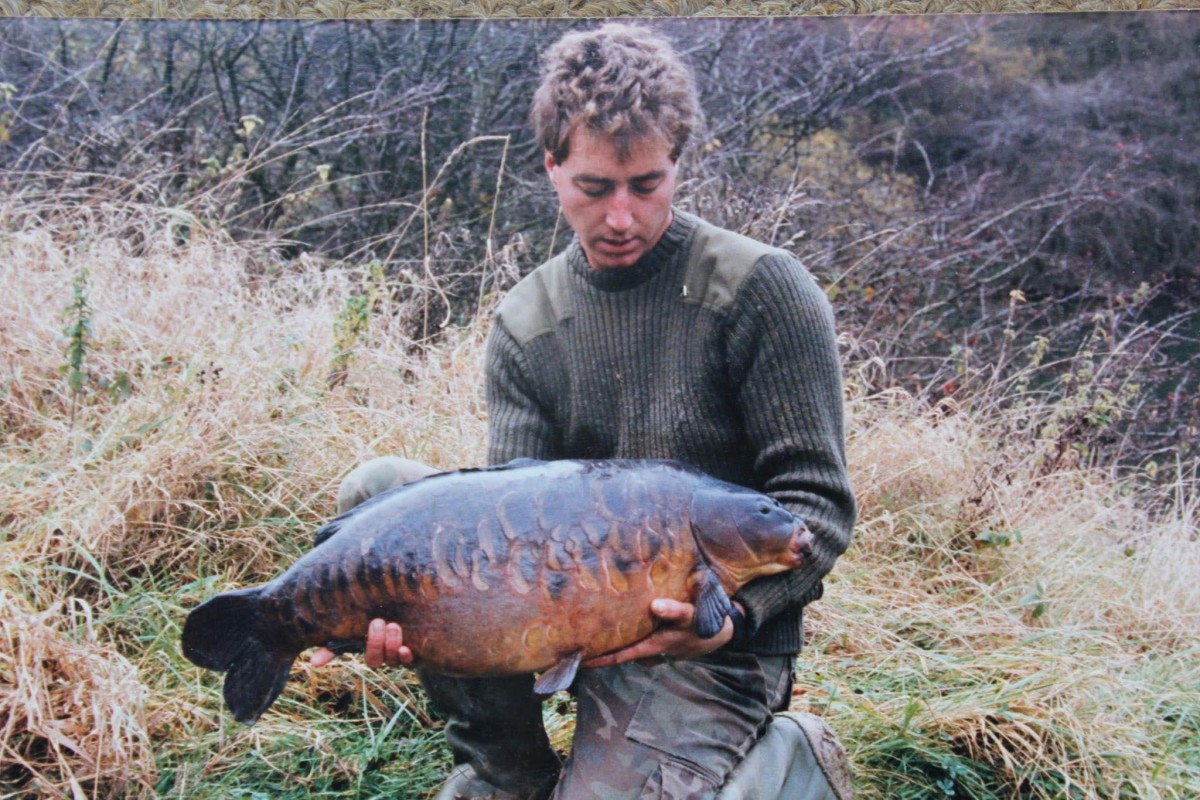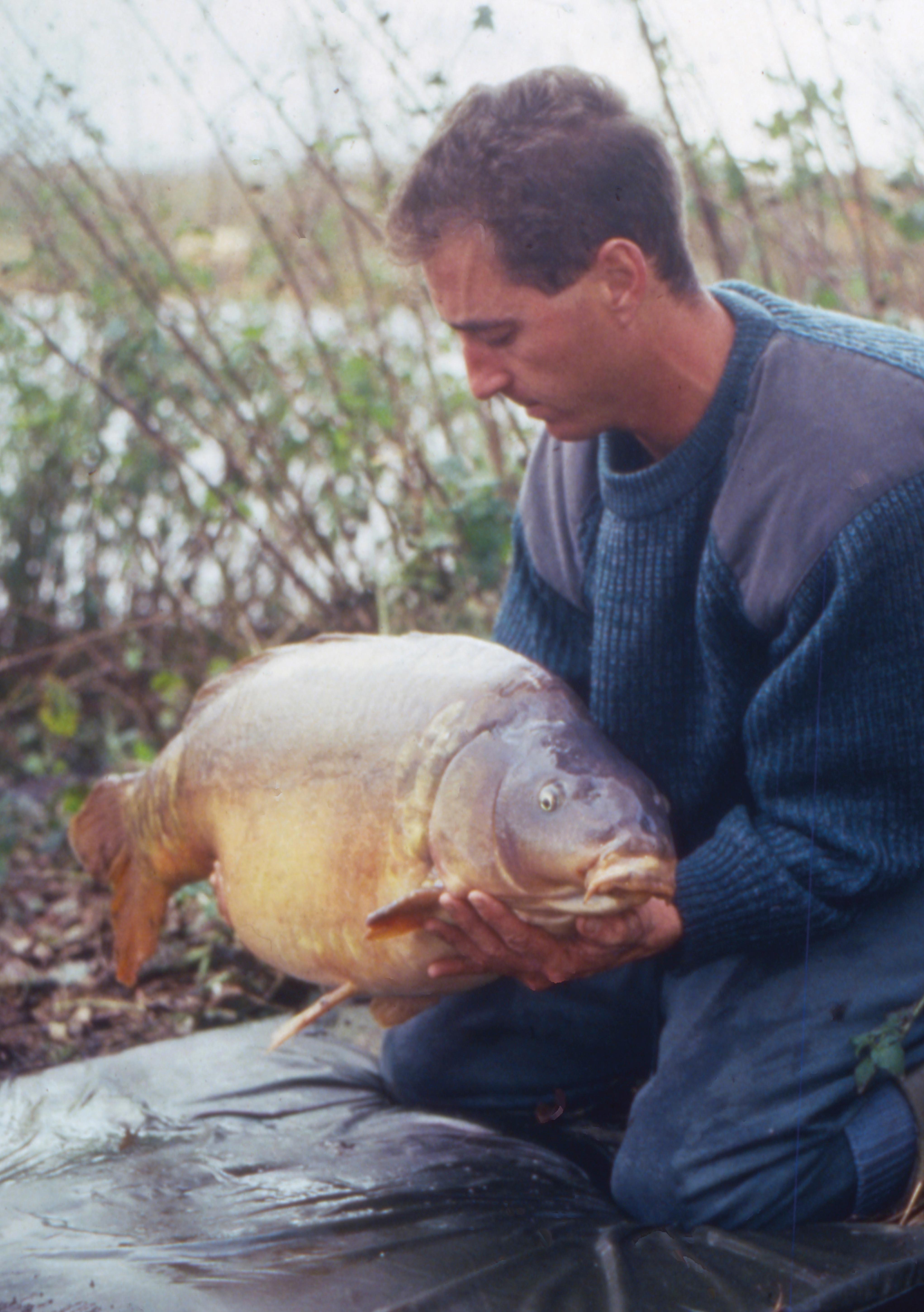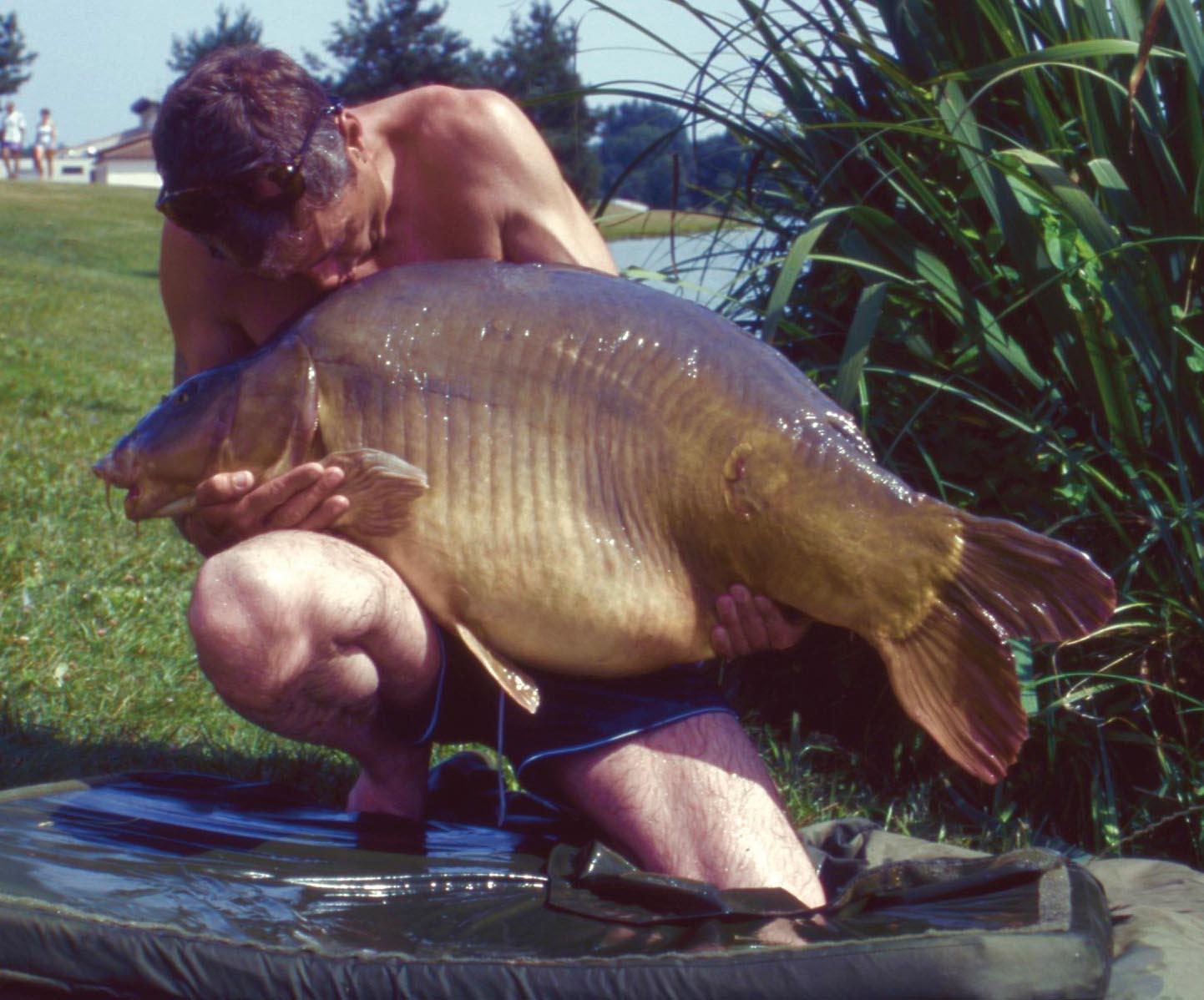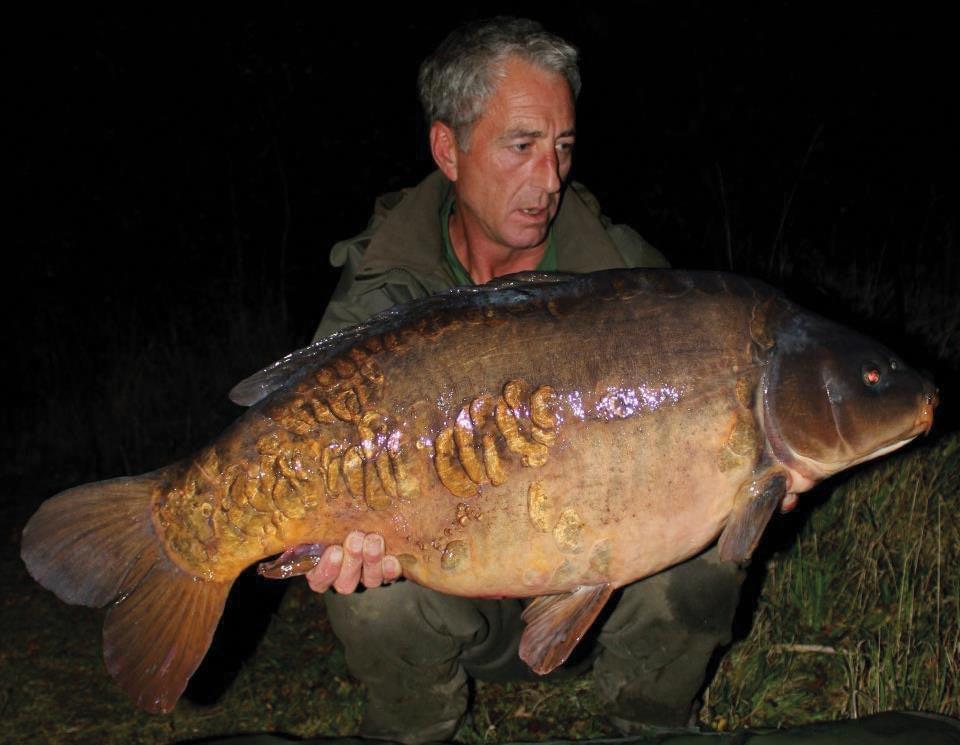
To My Younger Self... Martin Clarke
Martin Clarke recounts how his father taught him to place his hookbait accurately and precisely, and recalls a simple trick that allowed him to do so
When Joe, the editor, first asked me to write this piece, a few topics immediately came to mind. I thought of lessons learned over the years and considered the most valuable, those I’ve put into practice whilst targeting big carp on innumerable venues.
Thinking back to when my dad first taught me to fish in the late ’60s and early ’70s, for all species, even then, casting accuracy came easily, and trips became more productive once I’d learned a few tricks. When he took me chub fishing on his favourite stretches of the Ouse, he obviously didn’t want me casting into the trees or reeds on the opposite bank. That would cost him money, should he need to buy me more floats. He showed me how he used a rubber band to cast ever closer to where our quarry loved to hang out. Fishing mid-river was a waste of time, but if we managed to get close to the far-bank trees, it was a bite-a-cast. It was quite a simple trick, really. A rubber band, double-wrapped around the reel spool, acted like a line clip, and a brake when casting. It prevented the loss of tackle and allowed us to present our bait much nearer to those trees and bushes.
Moving on from chub fishing, but still in the early ’70’s, we used to fish Ampthill Reservoir for carp. It’s not a large water, and at the time, it was festooned with lily pads. The top method was float-fishing with sweetcorn. We tried ledgering with luncheon meat, but the fish took advantage of the poor bite indication. When float-fishing, we could strike before they’d realised they’d made a mistake. Once again, we used rubber bands. We could cast towards features without the fear of getting snagged—more bites, less grief.
Towards the end of the ’70s I began to get bored with most species, and after a couple of years’ tench fishing on the Tring reservoirs—where I used pole elastic on my main line to mark casting distances—I focused solely on carp. As most of us surely did, I fished local lakes, learning from successes and failures as I went along. I used stronger tackle and heavier leads. We saw an improvement in the quality of rods and reels throughout the ’80s, and I caught bigger fish.

Eventually, I visited the infamous Harefield Lake in the heart of the Colne Valley. There, I found myself pitting my wits against not only the carp, but 100-odd other like-minded anglers from all over the UK. We came from differing backgrounds, but we learned to get along. As is the case with most sports and pastimes, some shined that little bit brighter than others. Fortunately, my two mates, Gary and Simon, were very good at casting long distances. I watched and learned, and I, too, became proficient at placing a rig some 150 yards out from the bank.
Some readers may not have heard of Harefield, so I’ll offer a brief insight as to how and why it gained its reputation. At the time, it was a working gravel pit, of, I guess, around 40 acres. It featured numerous bars just waiting to sever your main line. Some were worse than others, and rest assured, every member knew about them. Many were visible just below the surface, others even above it. Interestingly, I found the gullies more productive, but I’m sure most fished at the base of the bars. Pulling rigs up too far onto the bars would either damage your line or end tackle, or see your lead become wedged. Casting to some bars would also see chunks removed from your lead.
I learned a lot at Harefield, and I made some great friends. I came away much more confident after a rather successful winter period on the water. In previous years, winter bites had been hard to come by—we’re talking perhaps a dozen between 100 members, from November to the end of the season in mid-March. During my last winter, however, I had 21 runs, and among the fish I banked was the then lake record at 39lb 8oz. I found a productive silty spot out at range. I measured the casting distance by walking the end tackle along the bank and placing a marker stick in the ground. I then simply clipped up. I fished nothing but single hookbaits—bright-red pop-ups, to be precise. I also put to good use an attractor my two mates were also using to great effect on another hard lake.
If I’m going to be critical of others, most didn’t clip up, and half, after casting out, merely pulled back until they felt a few bumps of firmer gravel. These areas would produce bites in the warmer months, but personally, I didn’t feel they were worth fishing during the winter.
One other thing I learned at Harefield was that most weekends, a few anglers would visit the Horse & Barge nearby for a few bevvies. That wasn’t a bad thing necessarily, but most, when reeling in before they headed off, didn’t clip up. On their return, most often during the hours of darkness, they’d launch their rigs back out into the lake. Goodness knows where they landed. From there, and from the adjacent Savay, the term ‘pub chuck’ evolved. Some obviously caught carp, but they did so without knowing where their rigs had landed. I, on the other hand, often clip up before venturing off for any evening entertainment. Yes, they were fun times, but you had to have a few cards up your sleeve.


As we all did, I took lessons learned from one lake to the next, and many fine carp graced my net. It wasn’t until the mid-’90’s (so thirty years ago) that measuring out distances by walking rigs along at the bank developed into the use of wrap sticks. At first, we used bivvy pegs, then spare banksticks. Eventually, purpose-designed wrap sticks were developed. These now allow us to fish accurately at distance.
When I started fishing Elstow, it soon became apparent that the bed of Pit 1 was like an egg box, with its numerous clay bars and mounds. It also featured a variety of weed types. Most, if not all the features, became known spots, and the locals were fully aware of them. They were attributed names and those in the know had the edge over newcomers. Every weekend, however, marker floats gave away the location of certain features in specific swims. By looking at the floats from different swims, one could easily triangulate and pinpoint the target feature. Some anglers simply ‘phoned a friend’, or pumped others for information. I didn’t; I learned the hard way.
What I did note—and I’m sure some didn’t—was that the bars and mounds were at an angle and never parallel with the bank or swim you were casting from. This became more evident the more you plumbed or fished the lake. So, if all three rods were wrapped up at exactly the same distance, your middle rod might be bang on, your right-hand rod could be bank-side of the feature, and your left-hand rod beyond it or even off the feature altogether, in deep water. On the opposite bank, it was the same. Of course, all depended on where exactly your marker float came to settle at the surface, and this is probably why it became fashionable to fish all three rigs as tightly as possible when casting to these features. Some were at depths of 10 feet. A rod-length to one side might see you in 25 feet of water.
I could go on and on about what I’ve learned along the way, but if you’re going to take just one thing away from this piece, remember that we all can learn from each other. Sometimes this learning curve can be accelerated by sharing information with friends. I call it a welcome trade-off. If someone gives you the cold shoulder, take note. If someone gives helpful advice, again, take note. I’d love to go back in time, armed with all the knowledge I’ve gained over the last 40-plus years’ carping.
Enjoy the journey, and never stop learning.




